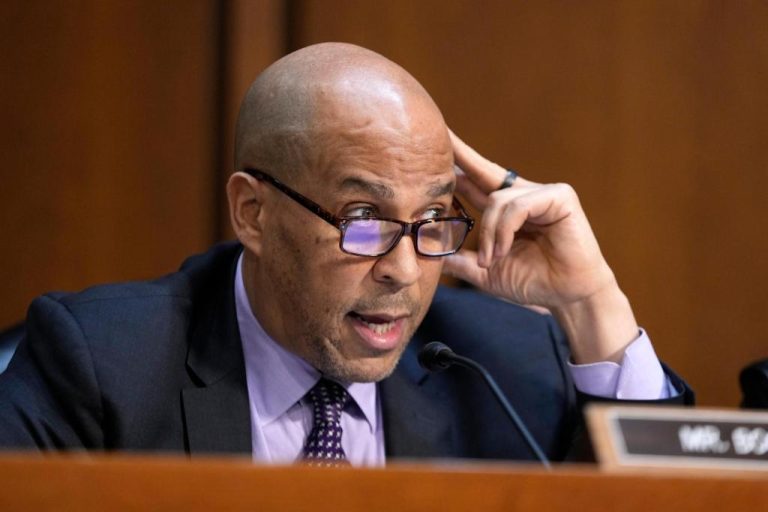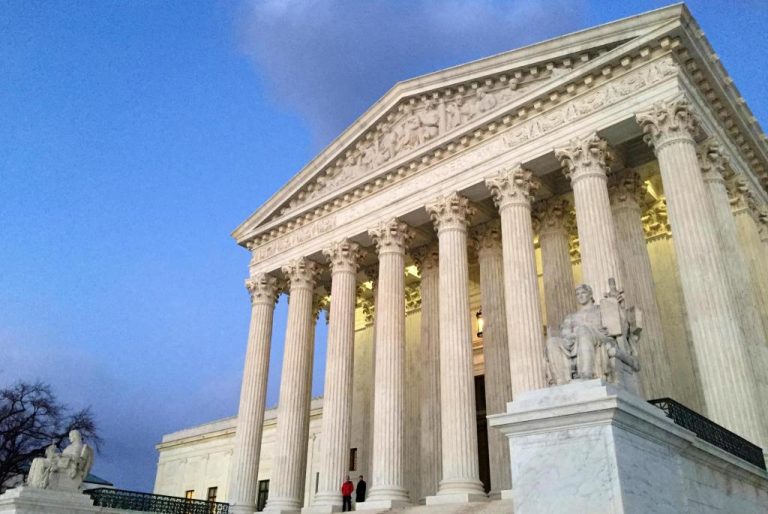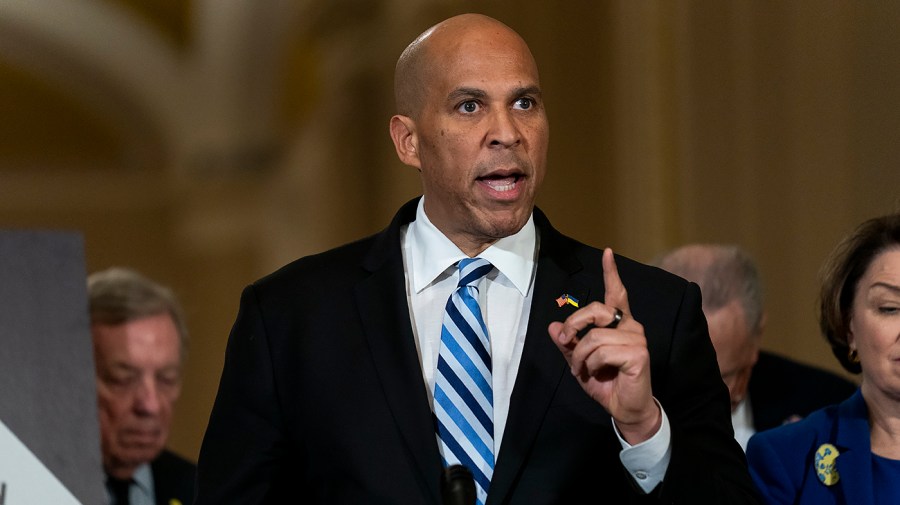

Figuring out the safest, quickest, most reliable ways to get to and from work, school, doctor’s appointments, or even just taking a trip to the beach or the park are still rooted in a history of discrimination and inequity for plenty of people.
According to research from groups that include the Environmental Health Coalition, the University of San Diego’s The Nonprofit Institute, City Heights Community Development Corporation and other organizations, an overwhelming majority of low-income residents don’t have access to reliable public transit and transportation is connected to environmental issues like climate and air quality. The local work to address the inequities in transportation continues with programs like the Urban Collaborative Project’s annual Transportation Justice Expo from 10 a.m. to 2 p.m. Saturday at Gompers Preparatory Academy in San Diego.
“San Diego’s underserved communities have long been separated by past urban planning decisions, leaving out the voice of Black and Brown communities that are often the most affected. These decisions have prioritized convenience over equity and unity,” Brian “Barry” Pollard, founder and CEO of the Urban Collaborative Project, said in a statement. “While our communities share the same struggles, we often work in silos. The annual Transportation Justice Expo symbolizes our communities working together to build power, share knowledge, and demand solutions that reflect our region’s collective needs.” The expo will include community bike rides, electric vehicle test rides, roller skating, a resource fair on transit and climate action, health resources, and other activities and admission is free.
To talk about some of the history of disinvestment in specific neighborhoods leading to transit inequities, and what transportation justice would ideally look like locally, are Jesse Ramirez and Kyle Heiskala. Ramirez, the director of urban planning at City Heights Community Development Corporation, will also participate in a panel discussion on microtransit at the expo; and Heiskala is a policy co-director for regional and state policy at Environmental Health Coalition. (These interviews have been edited for length and clarity. For a longer version of these conversations, visit sandiegouniontribune.com/author/lisa-deaderick/.)
Q: When you think about the issue of transportation justice locally, what comes to mind for you?
Heiskala: The first thing that comes to mind when I think about transportation justice is access to affordable, reliable mass transit to connect people from where they live to where they need to go, whether it’s to work or to school or to health care. There’s a lot of people who live in San Diego who can’t afford the high cost of living, whether it’s the cost of rent or food or electricity, rates are extremely high. So, transportation justice looks like serving communities where there’s a lack of transportation services, creating options for those people to get to where they need to go.
Ramirez: Honestly, a lot of things come to my mind. One, folks who don’t have a car. I know a lot of folks, the majority of folks, drive a car and that’s because our transportation system, as a whole, is set up as car-centric; it’s set up for folks to use cars, you really don’t have other options, realistically. So, I think of that and how expensive it is. With that, there’s a significant amount of folks who are not able to afford the cost of owning a car and they have to turn to our public transportation system. Even though our public transportation system has grown and makes strides, folks still have to wait a long time for transit. For example, if they want to go to the beach, they can go to the beach in 15 to 20 minutes using a car; but if they want to take the bus, it could take up to two hours. So, there’s that inequity. Also, some families depend on transit because they can’t afford a car.
Q: What are some issues/areas of people’s lives that are affected by an access to transportation?
Heiskala: One of the biggest things that comes to mind is employment. I think we all have experience with looking for a place to live and trying to figure out how you can get to your job. Another factor is education — if you’re a family and you have kids, how are you going to get your kids to school? Or, if you’re a student, how are you going to get from where you live to class? If you’re commuting across the city, do you have to purchase a car, or are there reliable transit options? Then, of course, healthcare; for a lot of folks, driving is not an option. As much as 30% of our population does not drive, or cannot drive, and those people need to get to their doctor’s office, or if there’s an emergency health situation, they have to get to a clinic (93% of low-income residents in San Diego don’t have access to fast and frequent public transportation, according to information from the Environmental Health Coalition). That is a critical need, if you’re not feeling well, or if you’re experiencing a health crisis, figuring out how to drive or get to your healthcare provider is critical. You don’t want to have to think about that. You want to be able to hop on a very easy, reliable service to go to your doctor or urgent care.
Ramirez: I think about some of the workers here in City Heights. Some of our workers, they do not work the typical 9-to-5 job, so they sometimes need to take transit at certain times of the day and the service is not there. So, our folks either have to wake up super early, or come home super late because the service is only available at certain times of the day; they have to accommodate the service, rather than the service being able to meet their needs. That’s one thing that comes to mind, the folks whose daily lives are being impacted by transportation.
Originally Published:





